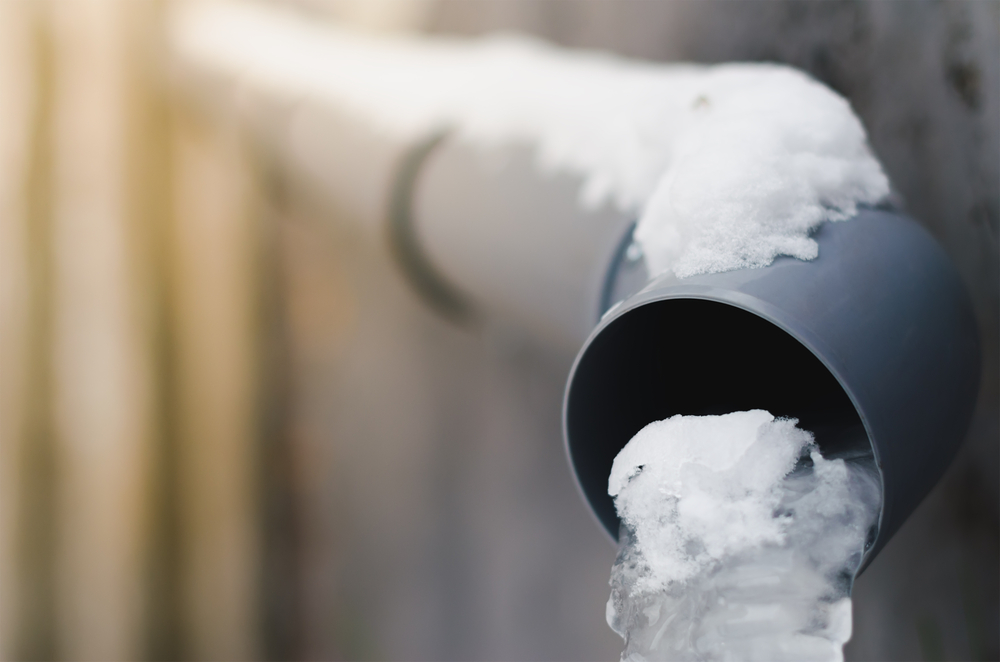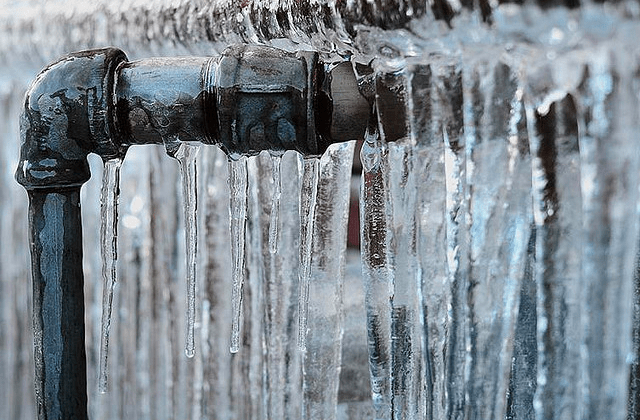Listed here further down you can find more quality help and advice relating to Winter Plumbing Precautions: Preventing Frozen Pipes.

Winter can wreak havoc on your pipes, especially by freezing pipelines. Right here's just how to prevent it from happening and what to do if it does.
Intro
As temperatures decrease, the risk of frozen pipelines rises, possibly resulting in costly fixings and water damages. Understanding just how to stop icy pipes is essential for home owners in chilly environments.
Prevention Tips
Insulating at risk pipes
Wrap pipelines in insulation sleeves or make use of warm tape to shield them from freezing temperatures. Focus on pipelines in unheated or external areas of the home.
Home heating strategies
Keep interior areas appropriately heated up, particularly areas with pipes. Open closet doors to permit cozy air to flow around pipelines under sinks.
Exactly how to identify frozen pipes
Seek lowered water flow from taps, unusual smells or noises from pipes, and noticeable frost on exposed pipes.
Long-Term Solutions
Architectural changes
Consider rerouting pipes away from exterior walls or unheated locations. Include added insulation to attic rooms, cellars, and crawl spaces.
Updating insulation
Buy high-quality insulation for pipes, attics, and wall surfaces. Correct insulation aids keep regular temperature levels and minimizes the danger of frozen pipes.
Shielding Exterior Plumbing
Garden hoses and exterior taps
Disconnect and drain pipes yard pipes before winter season. Set up frost-proof faucets or cover outdoor faucets with insulated caps.
Comprehending Icy Pipes
What creates pipes to freeze?
Pipelines ice up when exposed to temperatures listed below 32 ° F (0 ° C) for expanded periods. As water inside the pipelines freezes, it broadens, taxing the pipeline wall surfaces and possibly creating them to break.
Dangers and damages
Frozen pipes can cause water supply interruptions, home damage, and pricey repair work. Burst pipelines can flooding homes and cause comprehensive structural damages.
Signs of Frozen Water Lines
Determining frozen pipes early can stop them from bursting.
What to Do If Your Pipelines Freeze
Immediate activities to take
If you suspect icy pipes, keep taps open up to alleviate pressure as the ice melts. Use a hairdryer or towels taken in warm water to thaw pipes slowly.
Verdict
Stopping frozen pipelines needs proactive measures and fast reactions. By recognizing the causes, signs, and safety nets, homeowners can protect their pipes during cold weather.
5 Ways to Prevent Frozen Pipes
Drain Outdoor Faucets and Disconnect Hoses
First, close the shut-off valve that controls the flow of water in the pipe to your outdoor faucet. Then, head outside to disconnect and drain your hose and open the outdoor faucet to allow the water to completely drain out of the line. Turn off the faucet when done. Finally, head back to the shut-off valve and drain the remaining water inside the pipe into a bucket or container. Additionally, if you have a home irrigation system, you should consider hiring an expert to clear the system of water each year.
Insulate Pipes
One of the best and most cost-effective methods for preventing frozen water pipes is to wrap your pipes with insulation. This is especially important for areas in your home that aren’t exposed to heat, such as an attic. We suggest using foam sleeves, which can typically be found at your local hardware store.
Keep Heat Running at 65
Your pipes are located inside your walls, and the temperature there is much colder than the rest of the house. To prevent your pipes from freezing, The Insurance Information Institute suggests that you keep your home heated to at least 65 degrees, even when traveling. You may want to invest in smart devices that can keep an eye on the temperature in your home while you’re away.
Leave Water Dripping
Moving water — even a small trickle — can prevent ice from forming inside your pipes. When freezing temps are imminent, start a drip of water from all faucets that serve exposed pipes. Leaving a few faucets running will also help relieve pressure inside the pipes and help prevent a rupture if the water inside freezes.
Open Cupboard Doors
Warm your kitchen and bathroom pipes by opening cupboards and vanities. You should also leave your interior doors ajar to help warm air circulate evenly throughout your home.

I recently found that entry on Preventing and dealing with frozen pipes while doing a search on the internet. Sharing is caring. Helping people is fun. Kudos for being here. Kindly stop by our site back soon.
Click Here